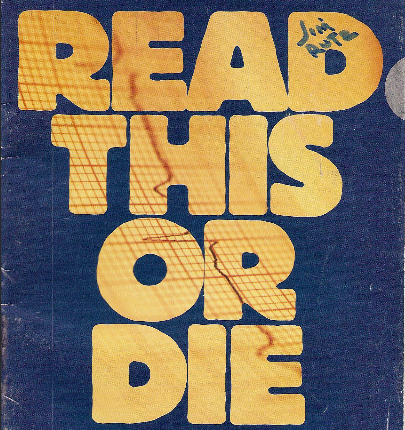Quick Copywriting Tip #8: Sequences Beat Single Shots.
In the climax of the old movie Over the Top, Lincoln Hawk (a role for which Sylvester Stallone was nominated Worst Actor in 1988) faces off with Bull Hurley in the championship round of an arm wrestling tournament.
Hawk is the underdog, both in the competition and in life. He needs to the prize money and he desperately wants to prove he’s not a loser to his son’s grandfather.
And he does win in the end…and all is right with the world. Suddenly, his family life is happy and his trucking business is on the fast track.
Here’s the thing. There’s only one reason Hawk even had a shot to become the champ: it was a double elimination tournament. “Lose twice and you’re out,” as the announcer said repeatedly.
After losing to John Grizzly in an earlier round, Hawk kept going and going, all the way to ultimate victory.
Two tips for today:
1) Avoid watching Over the Top at all costs. I’ve spoiled the ending for you anyway!
2) You have the ability to set up the rules of your marketing “tournament.” One-and-done messages are totally unnecessary.
Design sequences to take multiple attempts at winning him over.
Each message can build on the previous one, making your case more compelling each time…painting a clearer picture of the reality, severity and immediacy of the problem you solve…and stacking benefit on benefit to make the choice obvious.
To a surprising degree, you get to make the rules. Set yourself up to win.
Don’t settle for single elimination.
Have a productive day!
P.S. I’m kidding about how terrible Over the Top is. But I’m not kidding about Stallone’s nomination for Worst Actor.
—–
Read all 13 Quick Copywriting Tips.




